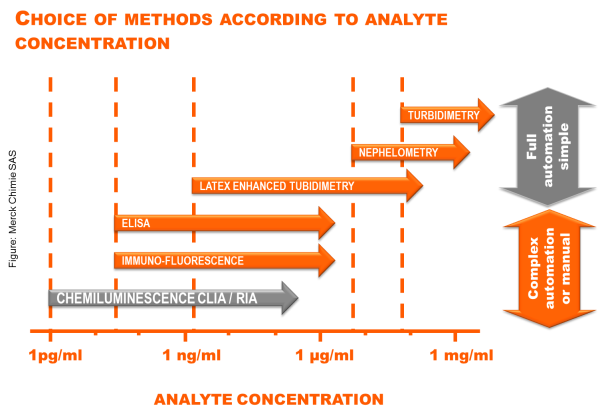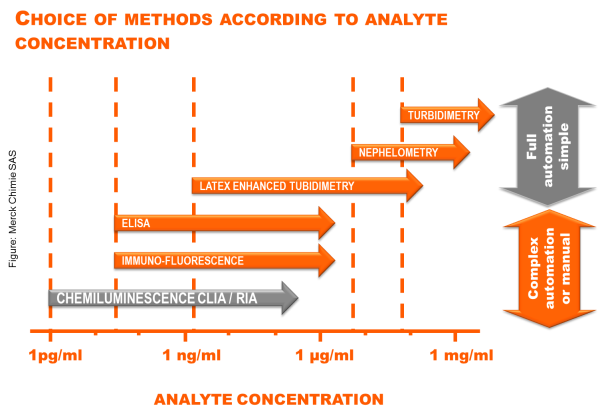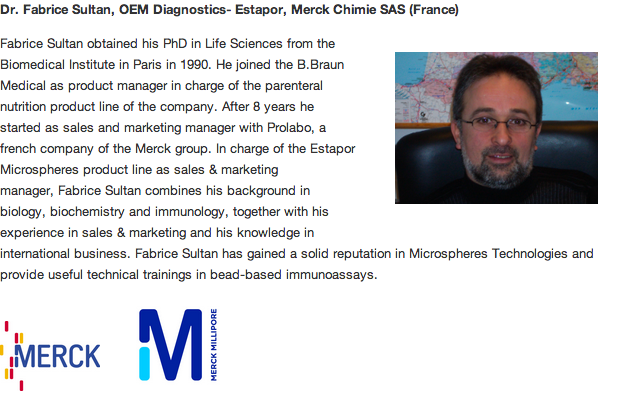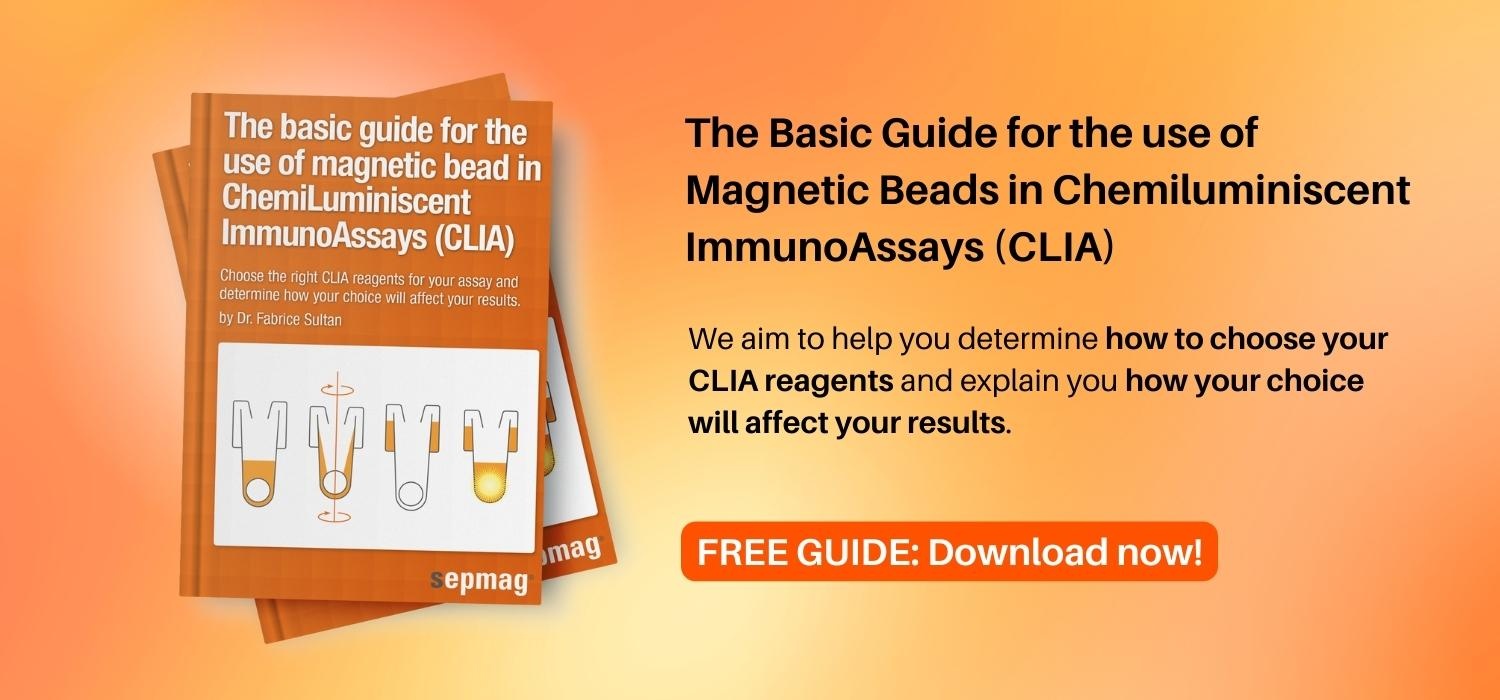Retrieving analytes from their original sources (especially when working on proteins) can be tricky and difficult. In addition, various methods of analyte recovery are highly concentration dependent. For example, analytes can be extracted from very concentrated samples, e.g. greater than or equal to 1 mg/ml, with methods such as nephelometry or turbidmetry. Lower concentrations such as 1 ug/ml require the use of an ELISA or Immunofluorescence assays to isolate the desired analyte.

If you have very low analyte concentrations, however, ELISA and Immunofluorescence techniques become unreliable and inefficient. More sensitive assays are needed to efficiently isolate analytes at concentrations lower than 500 pg/ml. Radioimmunoassays (RIAs) or Chemiluminescence Immunoassays (CLIAs) using magnetic streptavidin beads are the assays of choice for mixtures with low analyte concentrations.
This post is about using magnetic beads, such as streptavidin beads, in Chemiluminescent immunoassays. If you are interested in this topic, download our free ebook The Basic Guide for the use of Magnetic Bead in Chemiluminescent immunoassays:
High throughput as a key decision factor
High throughput is greatly desired for companies that are trying to determine a large number of analytes in a short amount of time. Chemiluminescence is the preferred technique because you can identify hundreds of analytes per hour with an automated Chemiluminescent Immunoassay. Previously, ELISAs were used for this purpose. Although ELISAs are excellent assays, you cannot automate an ELISA, or analyze such a large number of substances in a short amount of time. Therefore, ELISAs are now considered ‘old’ technology and are no longer deemed efficient enough for high throughput analyte identification.
Using a high throughput method such as Chemiluminescence is very advantageous for settings such as hospital labs that need to analyze, for example, thousands of patient samples a day. If you want to look at 5-10 analytes per patient, you will be performing tens of thousands of tests daily. This becomes an impossible task using ELISAs or other older techniques, but with high throughput techniques such as automated Chemiluminescent Immunoassays (CLIAs), this task becomes feasible.
Therefore, if your lab needs to isolate an analyte present at a very low concentration you can choose between an RIA and the CLIA. However, since RIAs use radioactive chemicals and generate radioactive waste, the best choice is to use CLIAs which are much safer than RIAs and more environmentally friendly. Larger labs more concerned with high throughput analysis should also use CLIAs since they can analyze large numbers of analytes in a small period of time in an automated fashion.
Label Free Immunoassays
Don't forget to check these posts from our blog in order to get a deeper insight into Chemiluminescent immunoassays:
- How Do Chemiluminescent Assays Work?
- Developing a Chemiluminescent Immunoassay in Eight Basic Steps
- Three Antibody Choices for Chemiluminescent Immunoassays







